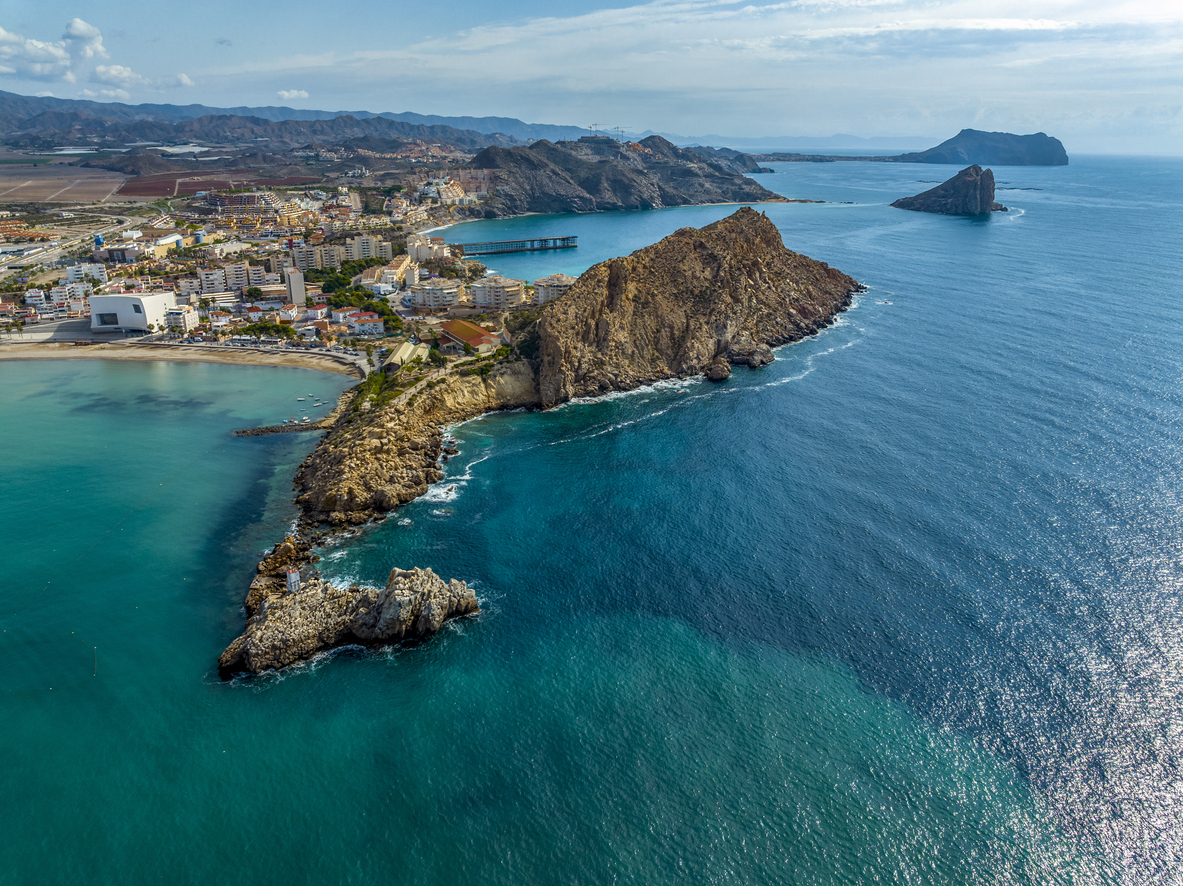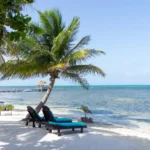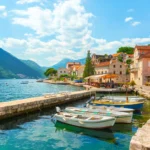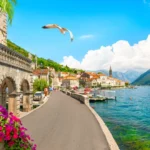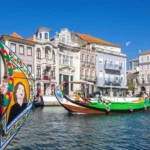Tucked between two much more visited regions on Spain’s southeastern costas lies the Costa Cálida, home to the region of Murcia and its namesake university city, a bustling little spot with spectacular architecture and a fantastic riverside culture.
With more than 320 days of sunshine per year and a unique position on the Mediterranean, this region has a little something for everyone…
Originally spelled Mursiyah, the capital of the region was founded in 825 by Abd ar-Rahman II, Emir of Cordoba, known as a fearsome warrior, as well as a respected patron of the arts. His city has upheld that tradition ever since, with a strong culture of education, arts, sciences, and stunning architecture that spans centuries.
The Islamic Emirate that ruled much of the Iberian Peninsula in medieval times left an impressive legacy that continues to benefit the region, most notably in the systems of irrigation they installed to make use of the fertile but semi-arid land here.
These days, thanks to that ancient infrastructure, Murcia has come to be known as the Vegetable Garden of Europe, famous for its bounty of fruits, vegetables, and spices that are exported all over Europe and beyond. The capital itself has earned its own nickname: Europe’s Orchard, for its fruit, vegetable, and flower production and exports. Indeed, the countryside I drove through for hours was crop after crop as far as the eye could see…
But it’s not all farmland here—you’ll have no trouble finding amenities, everything from spas and golf courses to airports and marinas, and the real estate market is strong for both sales and rentals.
I visited one of the residential golf communities and spoke with several expats there, one of whom had bought two homes: one for himself and his family and one to rent out. His spare six-bedroom villa rents for an average of US$660 a night and it currently only has a couple days’ availability per month all the way through the end of the year.
By all accounts, short-term rentals are an easy business here, mainly to domestic tourists, but also to the occasional Brit or Northern European—who are coming in larger numbers every year.
Most of the expats I met here are Brits, but word is getting out among Americans and Canadians, too. As the traditionally expat-popular costas and cities of Spain become more and more trafficked by foreigners, many are looking farther afield.
Murcia fits that bill. That’s not to say you’ll be the lone foreigner among locals here—far from it. But this is not a place to come if a strong expat community is your goal.
One long-time British expat, Andy Young, had been living in the general area for about 20 years before he settled in Murcia city, which he claims to have been his favorite location out of all the places he had tried. When he fell in love with a local woman there, they ended up moving because she wanted a more international community than Murcia could offer. They’re now in Alicante, where there’s a much higher population of foreigners (mostly Brits and Northern Europeans).
Liz Whitehouse first came and lived in Murcia in the mid ’70s for a few years. Back then, her son was the first English kid to go to the local school, where now there are several British kids in attendance.
She ended up back in the U.K., but Murcia had gotten under her skin. Upon retirement 18 years ago, she returned with her husband of 40 years. They bought a country home with two-and-a-half acres of land half way up a mountain and got to planting.
With the help of their neighbors, they quickly had a productive olive grove. Come harvest time, they’d pick the olives together and take them to the village press, making their own oil every year.
As the years went by, they built a pool, adopted dogs, bought a tractor, learned Spanish… Liz began translating for locals and earned a nice little side income helping non-Spanish-speaking expats with local medical care.
With Brexit talks came uncertainty and anxiety, and they sold the farm, moving into a small town. Her husband died in 2017, but Liz has no intention of going back to the U.K., even despite Brexit woes.
She spent three years in Murcia city but recently moved to Los Alcázares, on the coast of the Mar Menor. She loves Murcia, but it was too hot in the summer, she says. She still enjoys going to the city often for dining and entertainment—it’s just 30 minutes from the coast where she lives.
Though there are far more foreigners here now than when she came in the early oughts, Liz sums up the expat situation in a sentence: “We didn’t want ‘England in the sun’—we wanted Spain!” That is to say, had Murcia become a “Little Britain,” they’d have decamped.
It feels to me like a nicely balanced population. I heard Spanish on the streets almost exclusively, unless at a tourist site in the city or at the beach.
This has historically been a region where Spaniards from elsewhere in the country buy vacation or retirement homes. Because locals bought up all the coastline decades ago and rarely sell it, preferring to keep it in-family generation to generation, the expat communities are almost entirely limited to new-build communities.
So if you want to “go local,” you can easily do so on the coast or in the city. If you prefer to have more of an expat community, there’s no shortage of residential options, many offering golf courses, spas, even man-made lakes.
There are pockets of foreign influence outside of these, of course… At Los Alcázares, the beach town where Liz lives, there’s a little street filled with “international” restaurants. These notoriously iffy eateries cater to tourists with cheap, sugary cocktails and menus that offer everything from pizza to sushi to paella… tikka masala to General Tso’s… and whatever they can think of in between. But these little zones are easy to avoid… and, frankly, they’re also a fun indulgence when you want a taste of the familiar.
The one American expat I came across in Murcia, Tyler Schmidt, is originally from Wyoming, and he only ended up here because of his British wife, Hazel. They’ve been in the region for seven years now, like Liz, opting for the country house lifestyle before moving to the beachside community of Mar de Cristal earlier this year.
Hazel gave birth to their three sons in Spain and called their villa in the Valencian countryside “a child’s paradise,” with a pool, trampoline, treehouse, dogs, goats, chickens, and tons of space both indoor and outdoor. But living rurally can be harder for expats than living in a town, city, or by the beach, where the locals are more accustomed to foreigners.
One of the issues they had was not speaking Valencian, the language historically spoken in the region. No one in Valencia city would expect a foreigner to speak it, but the more remote you are, the more traditional the communities.
While Hazel called their villa her dream home, the area at large wasn’t what they were looking for. She describes their current home, Mar de Cristal, as being a place where you want to take your shoes off as soon as you walk in. You’re immediately relaxed and comfortable.
Tyler is now an elementary school teacher at the American School of Murcia, where their sons go to school, too. The whole clan loves it—and the school is looking for more American teachers, if you’re interested!
Happy trails,

Kat Kalashian
Editor, LIOS Confidential
P.S. Come join me and all our Spanish colleagues and friends in Valencia this November and get to know Spain for yourself (Murcia is just a couple of hours from Valencia!).
VIP passes for our Live And Invest In Spain Conference sold out last week, but we’ve reserved four of these packages for LIOS: Confidential readers.

